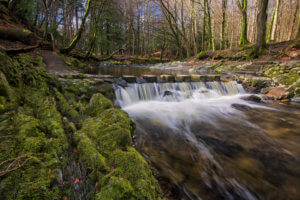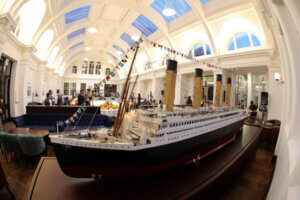In the early 1800s, Belfast may have seemed like an unlikely place for a large shipbuilding operation.
The Lagan River, which is the main river that runs through Belfast, could only accommodate small vessels due to the river’s shallowness and expansive mud banks, and building a large ship like the White Star’s Titanic was certainly out of the question at the time.
 This post and page contain affiliate links and I may earn compensation when you click on the links at no additional cost to you.
This post and page contain affiliate links and I may earn compensation when you click on the links at no additional cost to you.
But all of that changed in the 1840s when a considerable amount of money was invested in the river to create Dargan’s Island, later called Queen’s Island to recognize Queen Victoria’s visit to Belfast in 1849, and the place where Harland & Wolff chose to set up its business.
Each year on April 15th, the sinking of the Titanic is remembered, and Belfast is inevitably part of that tragic story.
And while the rest of the world mourns its sinking, Belfast and its people are proud of what was achieved there over a three-year period between 1909 and 1912.
“While what happened to the Titanic was a disaster,” said Una Reilly, co-founder of the Titanic Society in Belfast in a National Geographic video, “she was not.”
At the Beginning
Apart from the dredging process, there was a lot more to do to prepare Queen’s Island (now known as the Titanic Quarter) for the mammoth construction project that would eventually employ over 15,000 men.
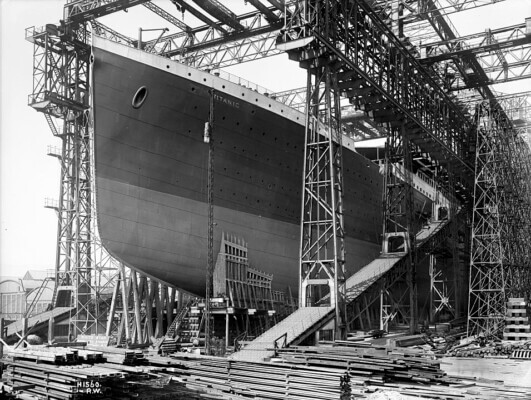
To accommodate the building of this new vessel — and another one called the Olympic — three existing slipways had to be merged into two and a giant steel gantry (a crane system) was also required so that both ships could be built side-by-side.
The building of the White Star’s ship, Britannic, would take place a few years later.
Plans to Build the Most Luxurious Ship Ever
Nearby in the Harland & Wolff offices, with their massive barrel-vaulted ceilings, architects were hard at work in the drawing offices creating the plans for what would become the most luxurious ship to set sail between England and the United States.
As the shipyard grew, so did Harland & Wolff’s offices.
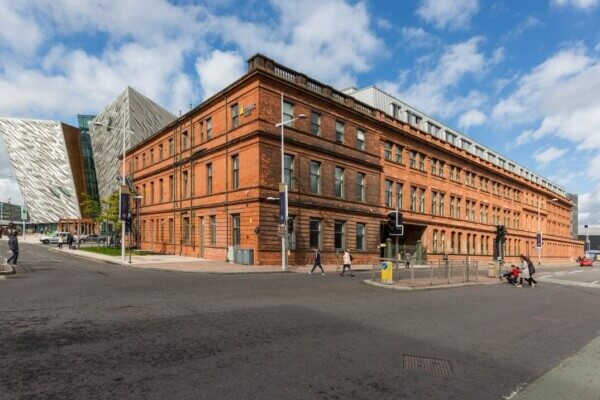
Today, the historical building forms part of the Titanic Hotel, which is centered around the original Victorian Drawing Offices where all of those great minds came together.
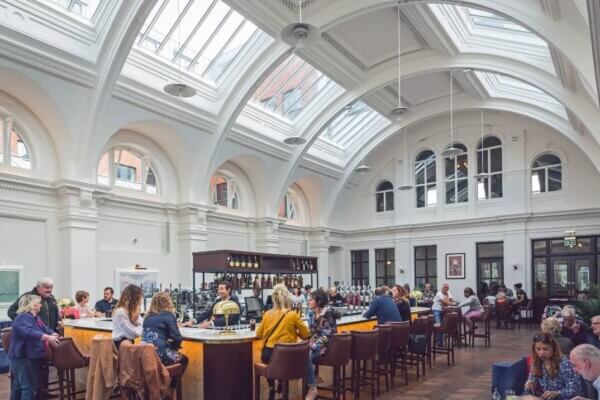
The hotel’s interior features the office’s iconic barrel-vaulted ceiling, as well as many other original architectural attributes, including art-deco furnishings and nautically-themed decorative items.
White Star owner Bruce Ismay wasn’t interested in designing a ship for speed.
He wanted to build a larger, more reliable, and more opulent vessel that would be particularly appealing to the upper classes.
Where the Work Took Place
The historic slipways at the Titanic Quarter are where most of the work on the Titanic was done and it is where the ship was launched on May 31, 1911, in the presence of J. Pierpont Morgan, Ismay, and about 100,000 onlookers.
Twenty-two tons of soap and tallow were spread on the slipway to lubricate its passage into the River Lagan.
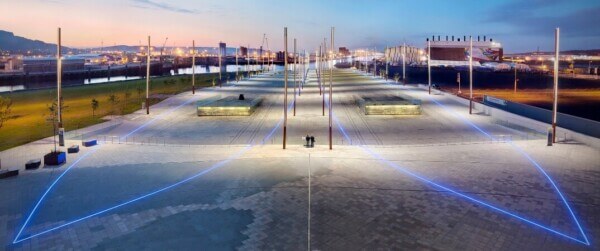
Contrary to popular belief, no champagne was popped that day.
The ship was then towed to a fitting-out berth located at the Thomas Graving Dock, where over the course of a year, her engines, funnels, and remaining superstructure were installed, as well as her luxurious interior.

You can descend 44 feet into the colossal dry dock and then walk in the footsteps of the men who continued to work on the Titanic, preparing her for her journey across the Irish Sea and on to the North Atlantic.
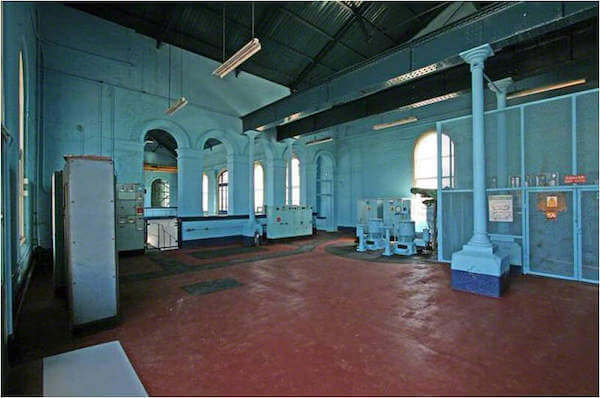
Explore the nearby Pump House as well, which had the capacity to drain the dock of 26 million gallons of water in just an hour and a half (the rate of two swimming pools per minute).
The Pump House includes a visitor center and a café.
Take a Guided Tour of the Titanic Dry Dock and Pump House
Titanic’s Interior
If you visit Titanic Belfast, you’ll see recreations of the ship’s interior, including its first-class cabins.
Titanic’s interior design wasn’t as heavy as that of other ships that borrowed from the manor house or old English country house style.
Instead, it was similar to high-class hotels of its time, such as the Ritz Hotel in London.
The idea was to give passengers the impression that they were in a hotel, not a ship.

Some of the novel features of the Titanic for first-class passengers included a 7-foot-deep saltwater swimming pool, a gym, a squash court, and a Turkish bath, with nearby steam, cooling, massage, and hot rooms.
The lounge was decorated in the same style as Versailles, and the dining saloon was the largest room on the ship, accommodating close to 600 people.
The ship also had to accommodate over 600 people in second-class compartments and over 1,000 in third-class, otherwise known as steerage.
Second-class amenities included a smoking room, library, dining saloon, barbershop, and outdoor promenade.

Third-class amenities were more basic, but still good compared to other passenger ships.
White Star was known for its superior amenities, including private cabins in its steerage section, available for up to 10 people.
Additional facilities included a smoke room, a dining saloon, a general room, and a promenade deck.
Titanic’s Fateful Journey
On April 2, 1912, the Titanic left Belfast for the first leg of her journey to Southampton, England.
Earlier that day, the ship was put through a number of tests in Belfast Lough and in the Irish Sea to test her speed and other handling capabilities.
She arrived in Southampton the following day and remained there for six days.
“Dressed” in flags, she was briefly open to the public while at Southampton.
She then sailed for Cherbourg, arriving there on April 10th to pick up passengers like John Jacob Astor IV and his pregnant wife, Madeleine, the richest passengers on the ship who had been holidaying in Egypt and Paris.
Astor would go down with the ship. His wife was one of the last passengers to board a lifeboat.
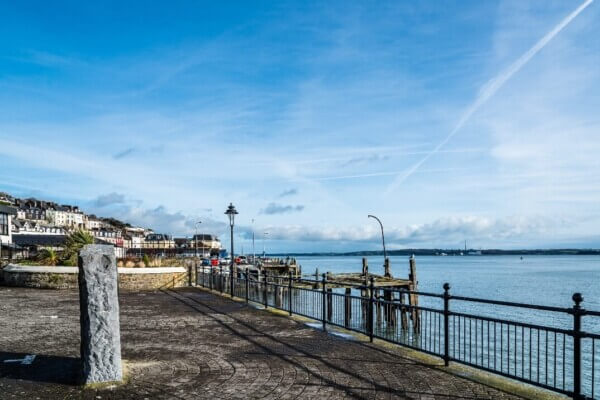
Titanic’s final stop was at Queenstown in Co. Cork, now known as Cobh (pronounced “Cove”).
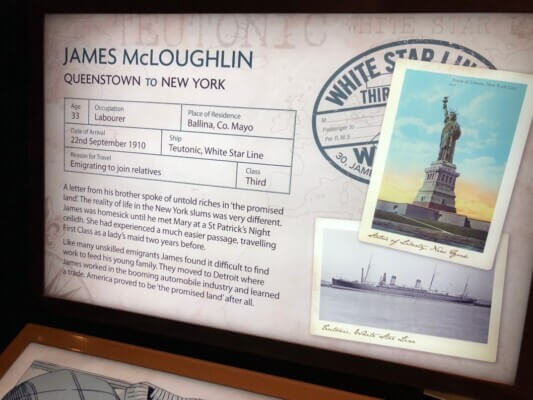
Most who boarded at Queenstown were third-class passengers seeking their fortune in America. Seventy-two of them died that night.
You can learn about Cobh’s connection to the Titanic at the Cobh Heritage Centre.
The story of Titanic’s demise is recounted on Titanic Belfast’s sixth-floor gallery where you’ll hear the background sound of Morse code SOS messages being sent to other ships and other reminders of that fateful event.
Read More: 24 Hours in Belfast on a Budget
More than Passengers Lost
While the loss of over 1.500 lives from 29 different countries was undoubtedly the tragedy of the Titanic, especially given its sterling reputation as the safest ship to cross the North Atlantic, there was an immense amount of cargo on board, too, estimated to be worth $420,000 ($11 million by today’s valuation).
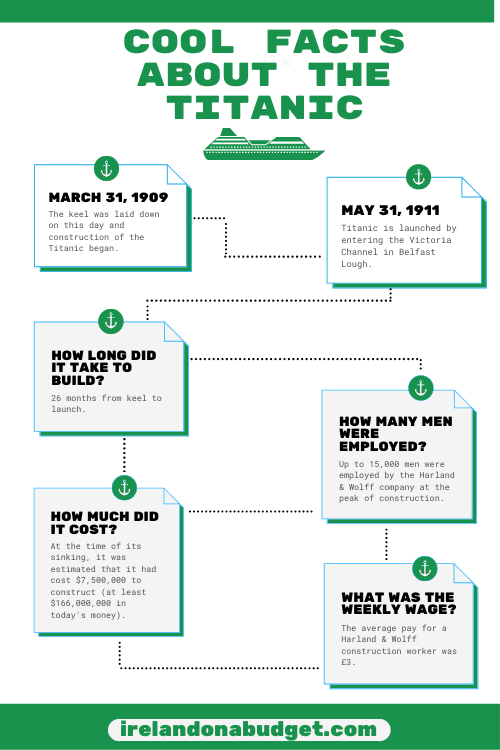
Some of the items lost included:
- 3,364 bags of mail, along with approximately 800 parcels
- A marmalade machine
- Five grand pianos
- 30 cases of golf clubs and tennis rackets on route to the A.G. Spalding Company
- 40 tons of potatoes
- 50 cases of toothpaste
- 4 cases of opium
- 75,000 pounds of fresh meat and 11,000 pounds of fish
- 800 pounds of tea and 2,200 pounds of coffee
- 20,000 bottles of beer and 1,500 bottles of wine
- 16,000 lemons and 36,000 oranges
- 75 tons of tomatoes
- One Renault 35-horsepower car owned by first-class passenger William Carter
- 6 dogs and 1 cat
- A jeweled edition of “The Rubaiyat” by Omar Khayyam, a Persian poet, with binding that was inlaid with more than 1,500 precious stones. It had been auctioned off in London and was on its way to an American buyer when it was lost.
- A rare edition of essays by Francis Bacon was being transported by Harvard graduate Harry Elkins Widener, who was also lost on the Titanic. His body was never found. The Harry Elkins Widener Memorial Library at Harvard University is the world’s most famous library for rare books.
- Several pieces of parchment from the Torah, which was owned by Hersh L. Siebold
Are you fascinated by the Titanic story and Belfast's involvement in it? Let me know in the comments below.


